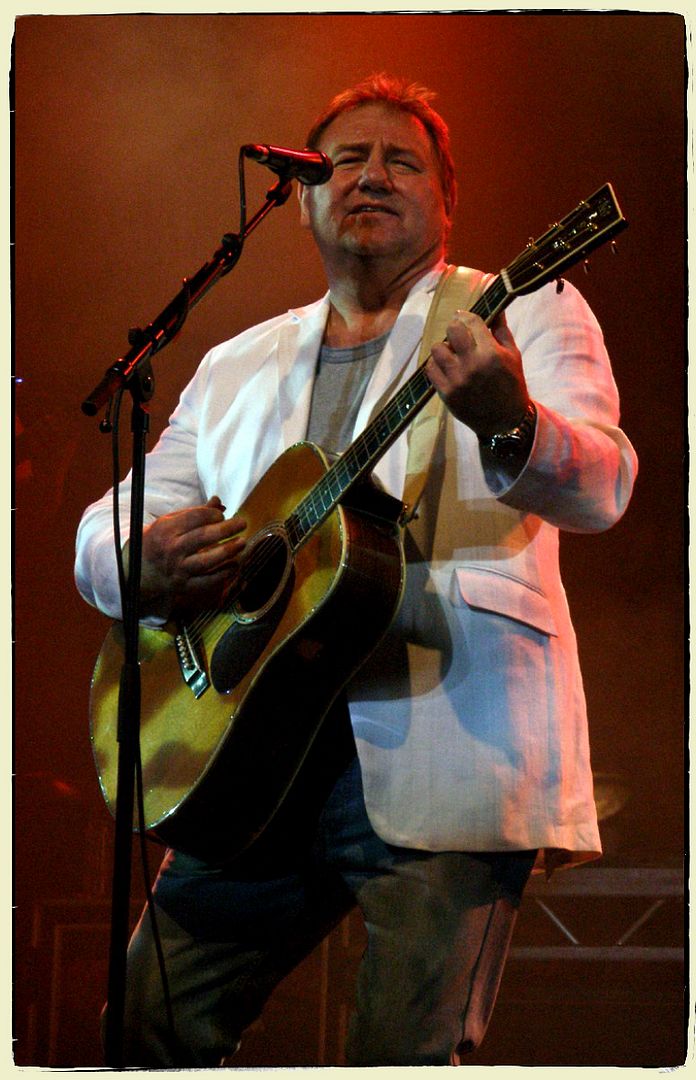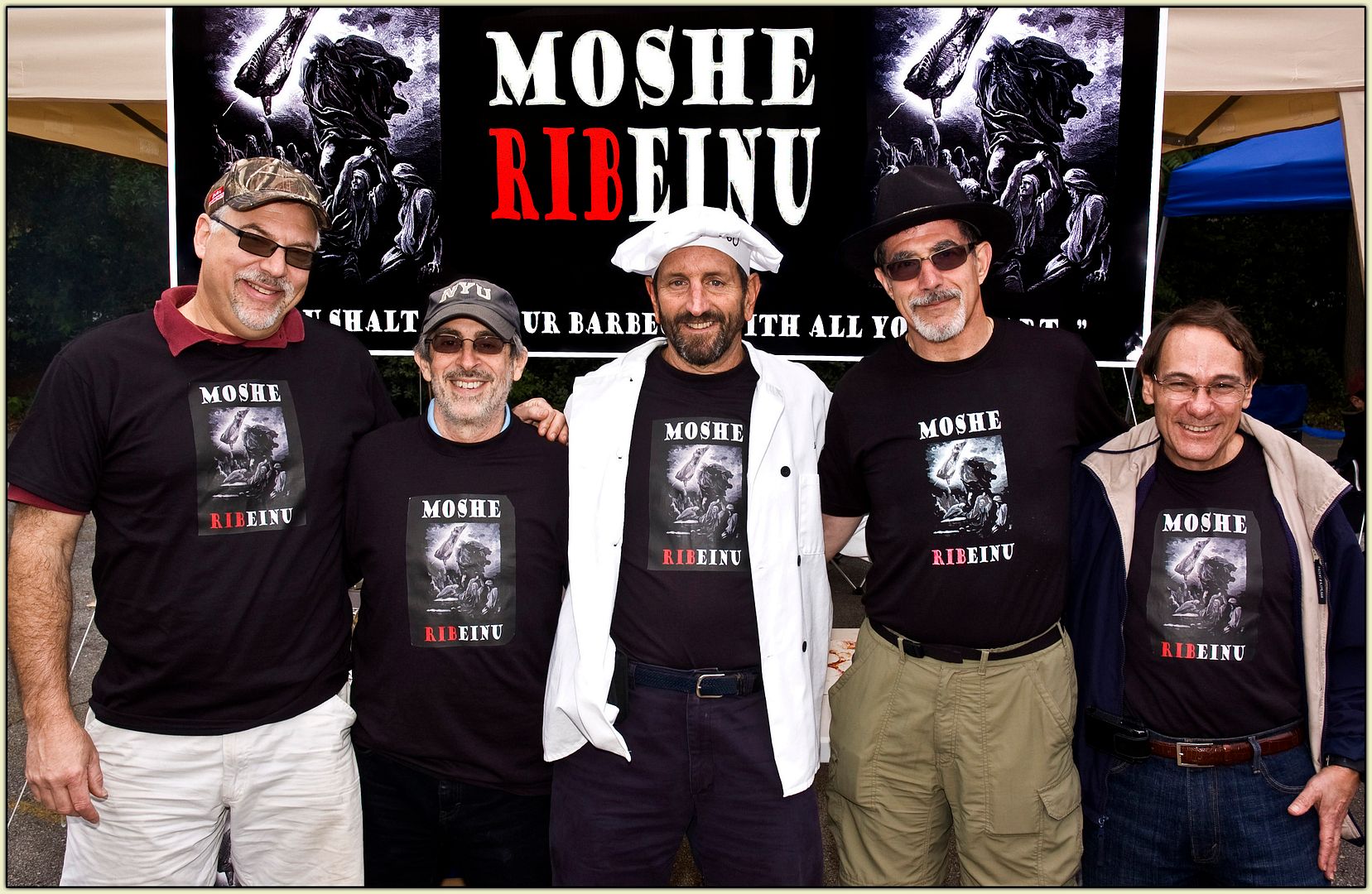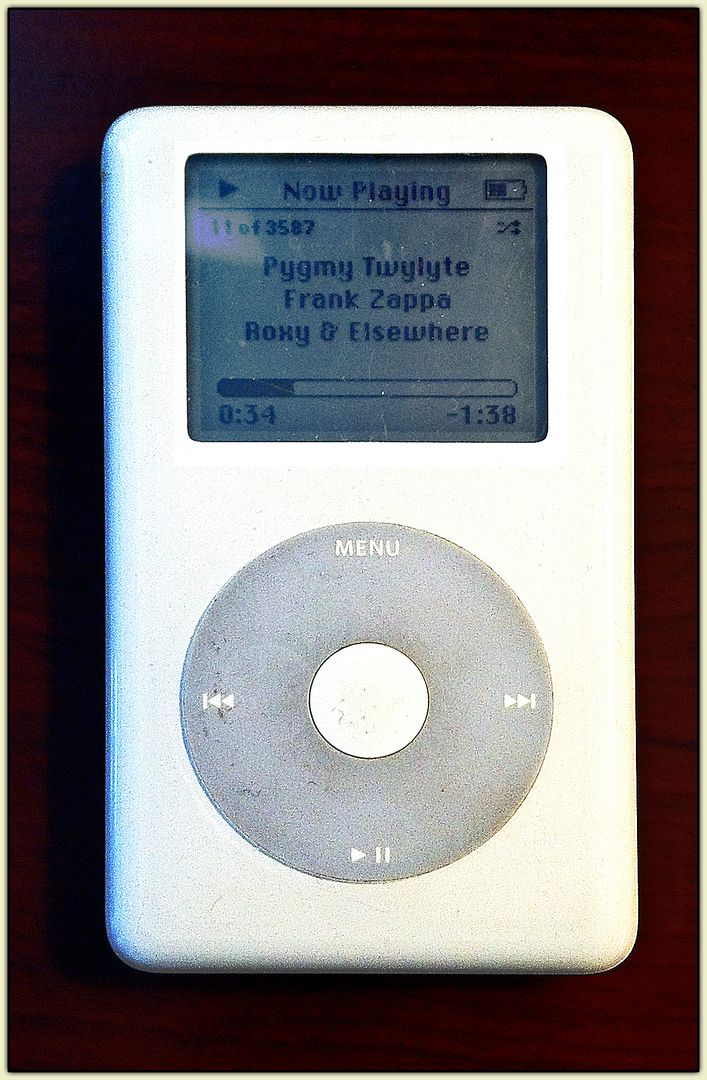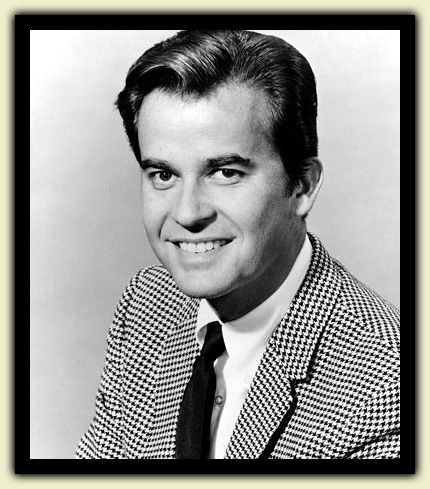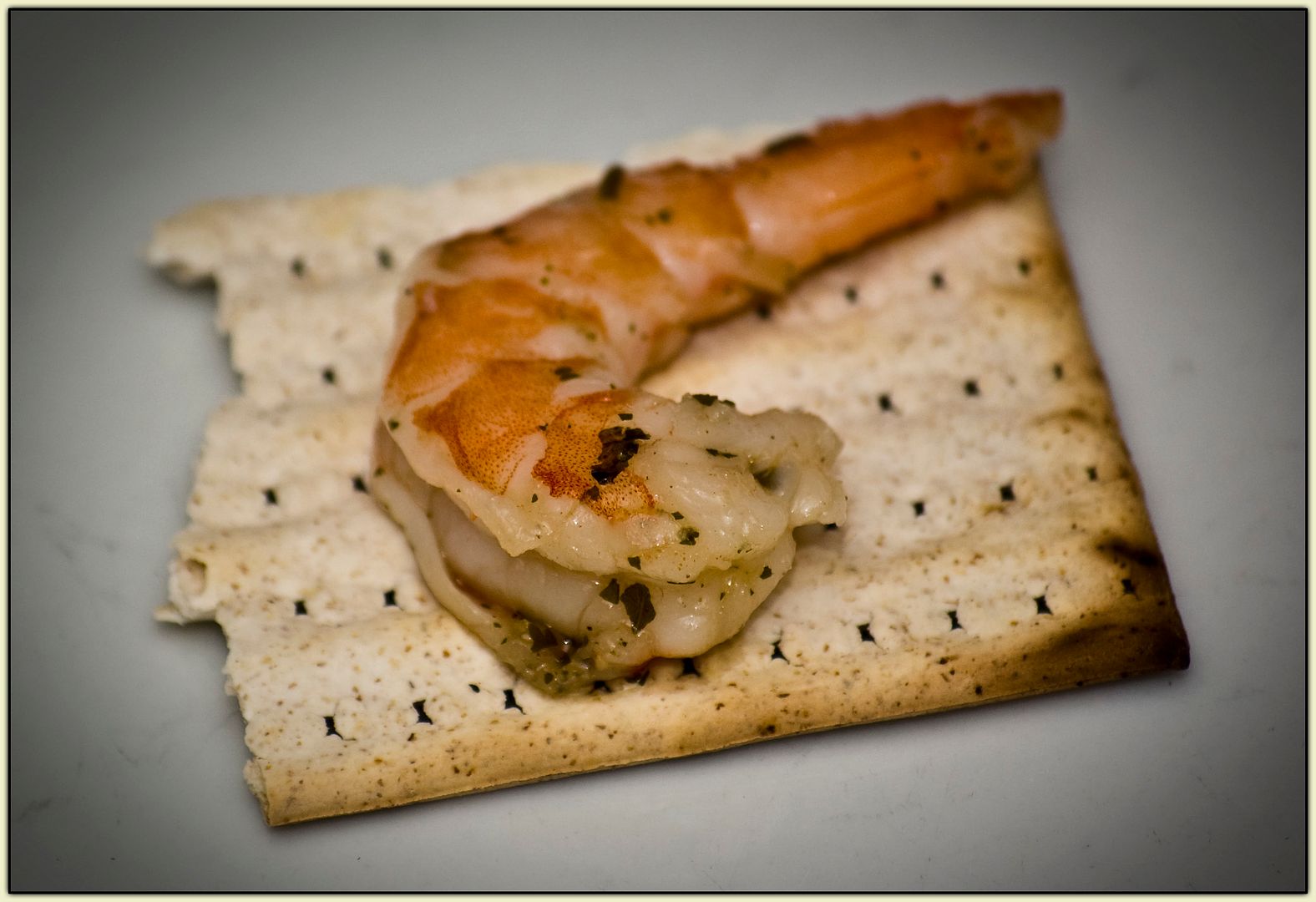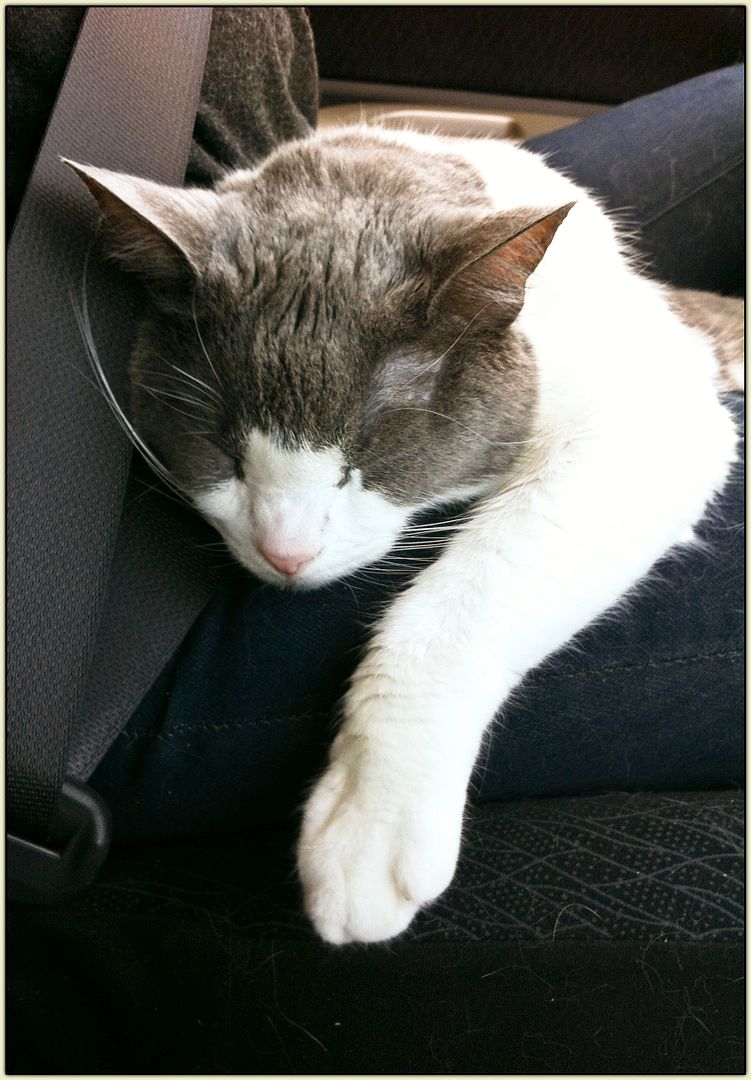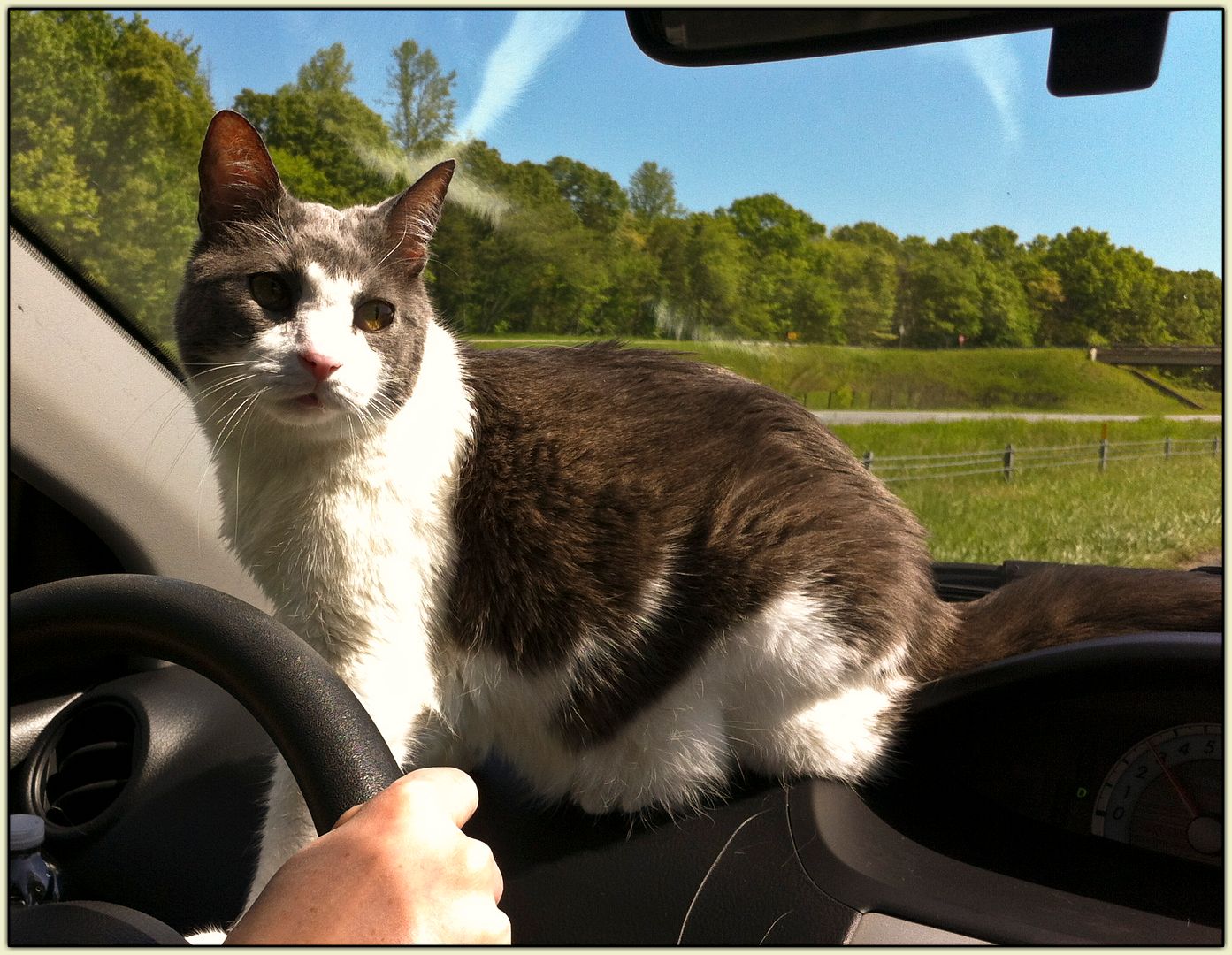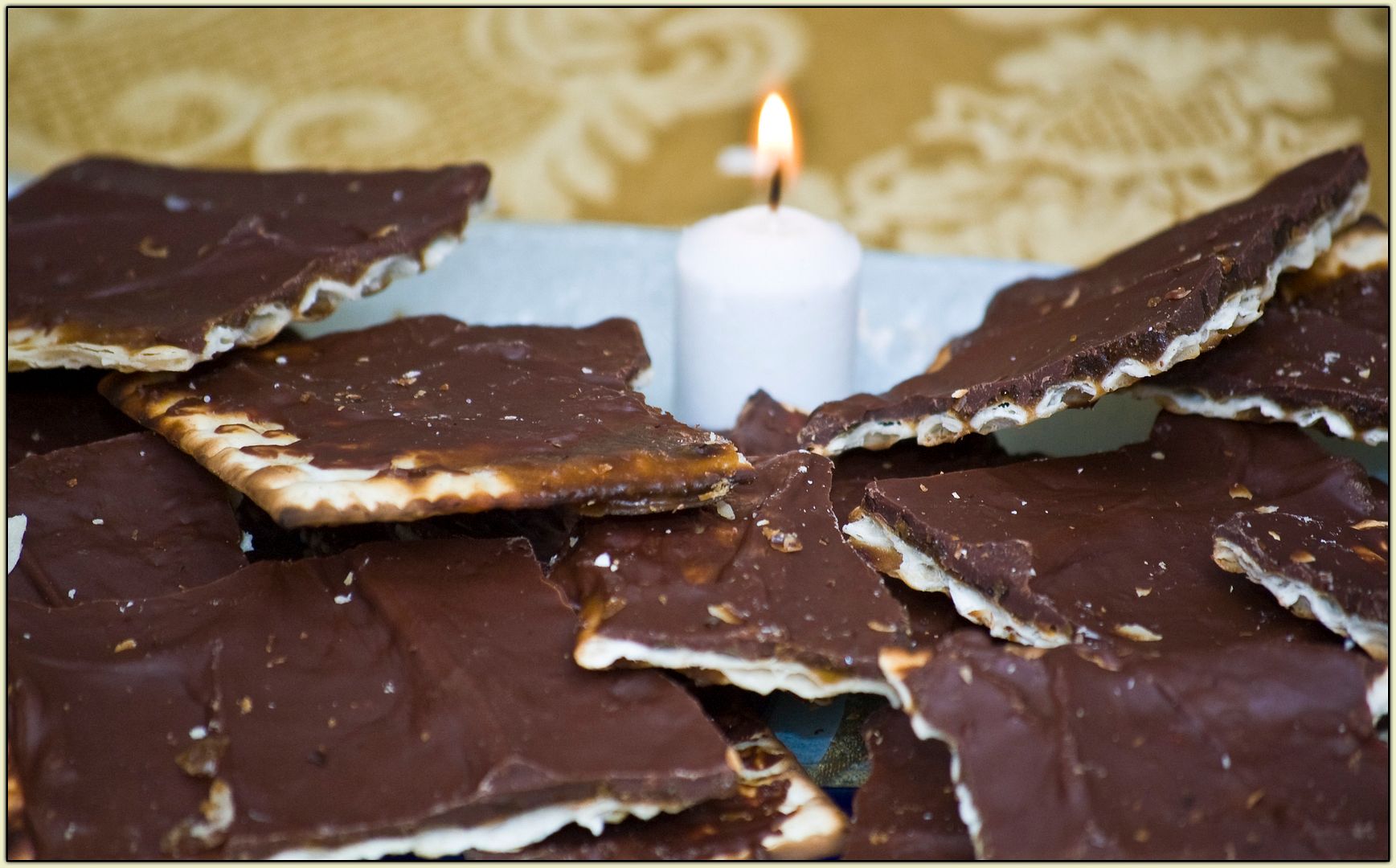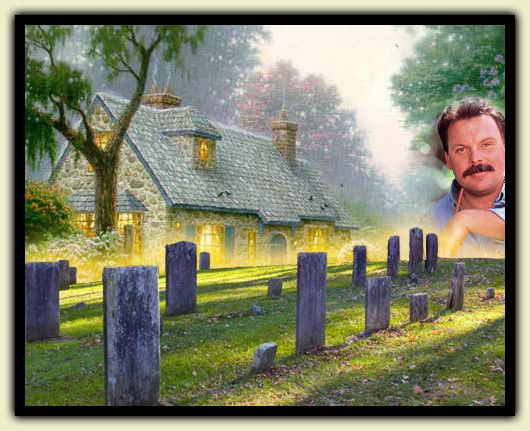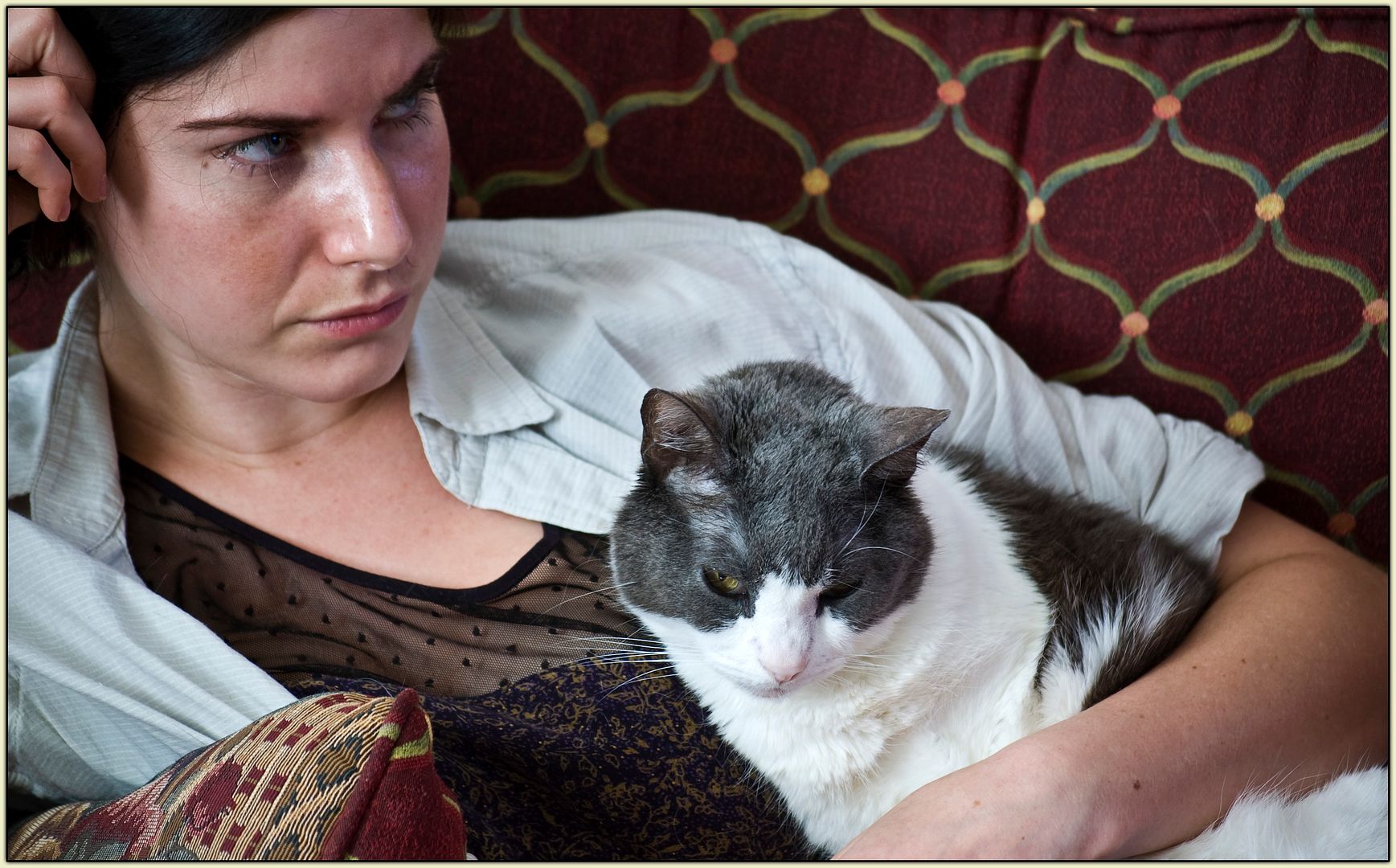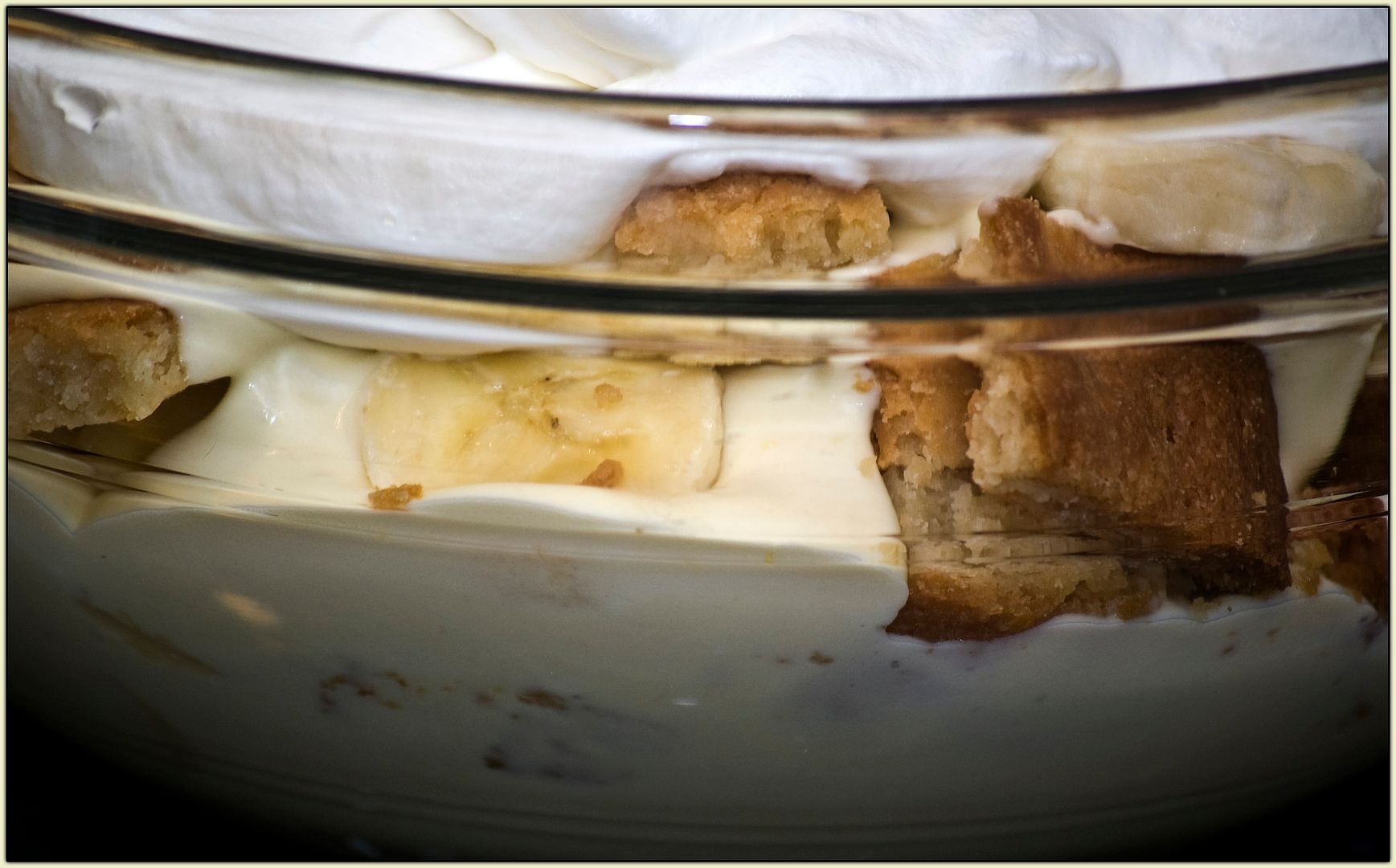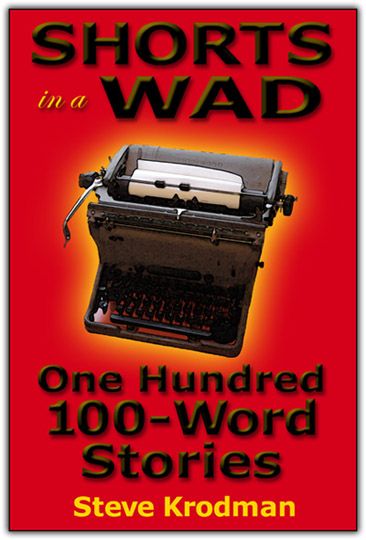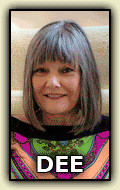
The Beach Boys bring the (overwhelmingly white and sixtyish) crowd to its feet at the Chastain Park Amphitheatre.
For the second time in two days (!), I exercised my Nostalgia Muscles by seeing a venerable Rock Act perform. Thursday it was Greg Lake of King Crimson and Emerson, Lake & Palmer fame; last night it was the Beach Boys.
Yes, the Beach Boys. This tour is being billed as the 50th Anniversary Tour, perfectly reasonable when you realize that the band has been around since (gasp!) 1961. Which makes pretty much all of the surviving members Old Goats. Like me, but even older.
It is impossible to think of American rock music without considering the Beach Boys, whose amazingly successful (and long-lived) career spans the genres of surf music, psychedelia, and good old American pop. The band has survived the deaths of both Dennis and Carl Wilson as well as the drug-fueled mental health issues that bedeviled their brother Brian for years.
The Beach Boys were already Old Hat - at least to me - when they released their Surf’s Up album in 1971. A smart-ass college sophomore, I declined the opportunity to see them perform at the time: I thought them a bunch of superannuated surf music bozos. A fat lot I knew.
By the time I actually saw them perform live - at a concert at Allen Park in Houston - it was 1991. Even then, I wouldn’t have paid coin of the realm to see them, but the price (free) was right. And with the Missus and our two daughters in tow, we sat down and enjoyed an amazing, nostalgia-soaked performance. What American, after all, is not familiar with great chunks of the Beach Boys oeuvre? Put a random listing of their songs up on a dartboard; any random dart will land on a Top Ten hit. More to the point, the Beach Boys have been cranking out their distinctive sounds since right around the time people my age were becoming aware of music. To paraphrase the late, great Dick Clark, if music is the soundtrack of our lives, then you can hear Beach Boys tunes in the background of the Baby Boom Generational Movie from shortly after the opening shots until the end credits.
Last night at the Chastain Park Amphitheater, the Boys showed that they still have it - whatever “it” is. They played with reasonable precision (and a host of back-up musicians) and in good voice. And even if Brian would be just a skosh off-key once in a while, who gave a shit? This was Brian fucking Wilson, one of the most brilliant musical minds of the last half-century, back playing with the group for the first time in over two decades... as if he had never been away.
Agewise, the Chastain crowd was roughly the same as the people who saw Greg Lake at the Variety: a veritable mob of silverbacks. But there all similarity ended. The Variety caters to a bohemian clientele, located as it is in Little Five Points, AKA Urban Hipsterville. But events at Chastain draw their audience from Buckhead and other affluent areas surrounding the park, and so there is a decidedly different vibe. Combine this with the fact that we’re talking about the Beach Boys, which goes a long way toward explaining the large percentage of ruppies (retired urban professionals) sporting Hawaiian shirts - and the almost total lack of People of Color.
The difference is amplified by the fact that Chastain offers a considerable amount of table seating, and so picnicking - often quite upscale - is part of the experience. It’s not unknown for people to bring fine linen, crystal, candelabras, and Champagne. Our little group managed to score a table at the right of the stage, where we enjoyed a repast that included a delightful antipasto assortment; sautéed zucchini, baby Vidalia onions, and mushrooms; Bartimus Magnificus’s excellent barbecued ribs; a crisp cucumber, avocado, and olive salad; and liberal amounts of wine, vodka, beer, and seltzer. For dessert? A thoroughly indecent home-baked chocolate babka. Good Gawd.
The music? Ahh, there was plenty of that... and almost all of it thoroughly familiar. After all, these guys have been around for awhile. Here’s what they played:
Do It Again; Catch a Wave; Don’t Back Down; Surfin’ Safari; Surfer Girl; The Little Girl I Once Knew; Wendy; Then I Kissed Her; You’re So Good to Me; Why Do Fools Fall in Love (Frankie Lymon & the Teenagers cover); When I Grow Up; Cotton Fields (Leadbelly cover); Be True to Your School; Disney Girls; Please Let Me Wonder; Don’t Worry Baby; Little Honda; Little Deuce Coupe; 409; Shut Down; I Get Around; California Dreamin’ (The Mamas & the Papas cover); Sloop John B; Wouldn’t It Be Nice; Sail on, Sailor; Forever; Heroes and Villains; In My Room; All This Is That; God Only Knows; That’s Why God Made the Radio; California Girls; All Summer Long; Help Me, Rhonda; Rock ’n’ Roll Music (Chuck Berry cover); Do You Wanna Dance? (Bobby Freeman cover); Barbara Ann (The Regents cover); Surfin’ USA
Encore:
Kokomo; Good Vibrations; Fun Fun Fun
If you don’t recognize at least half of these songs, you are either (1) under twenty years old, or (2) you’ve been living under a rock for the past half-century. Even if the Beach Boys are not your cup of tea, their impact on American pop culture is far and away too big to ignore. Hell, even the Beatles - whose Rubber Soul was a major inspiration for the Beach Boys’ groundbreaking Pet Sounds album - acknowledged that Pet Sounds, in turn, was a significant influence on Sergeant Pepper’s Lonely Hearts Club Band.
I suppose if I had been aware of all this when I was a smart-ass college sophomore, I might have gone to see the Boys perform back then in 1971. It would have cost all of - what? - three bucks. Five, max. And it would have been money well spent. Who would imagine that they’d still be around for us to catch their act over forty years later?


